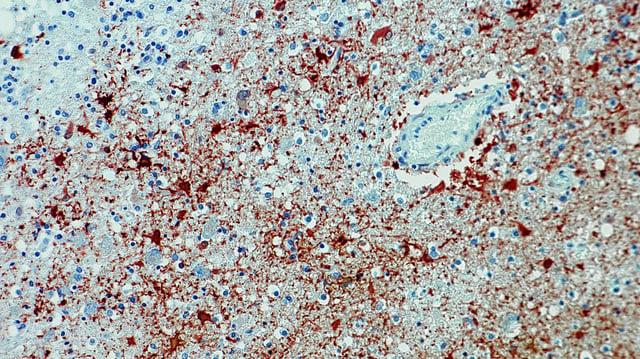Overview
- The second patient, a 51-year-old triathlete, died in early July after weeks in intensive care, following the first BoDV-1 fatality in early June.
- Experts say two fatalities in quick succession are unusual for this rare virus but may reflect coincidence given no shared exposure.
- Field shrews are identified as the primary reservoir for BoDV-1, though exact human transmission routes—such as contact with excretions or inhalation of contaminated dust—remain unclear.
- The Bavarian State Office for Health and Food Safety and the Pfaffenhofen district office are conducting investigations expected to last several weeks to trace possible infection pathways.
- Since its discovery as a human pathogen in 2018, BoDV-1 has caused severe encephalitis with a near-100% fatality rate and about five to ten annual cases in Germany without available vaccine.



